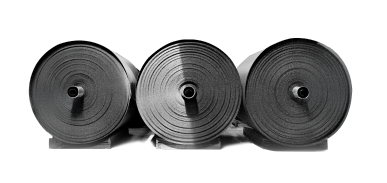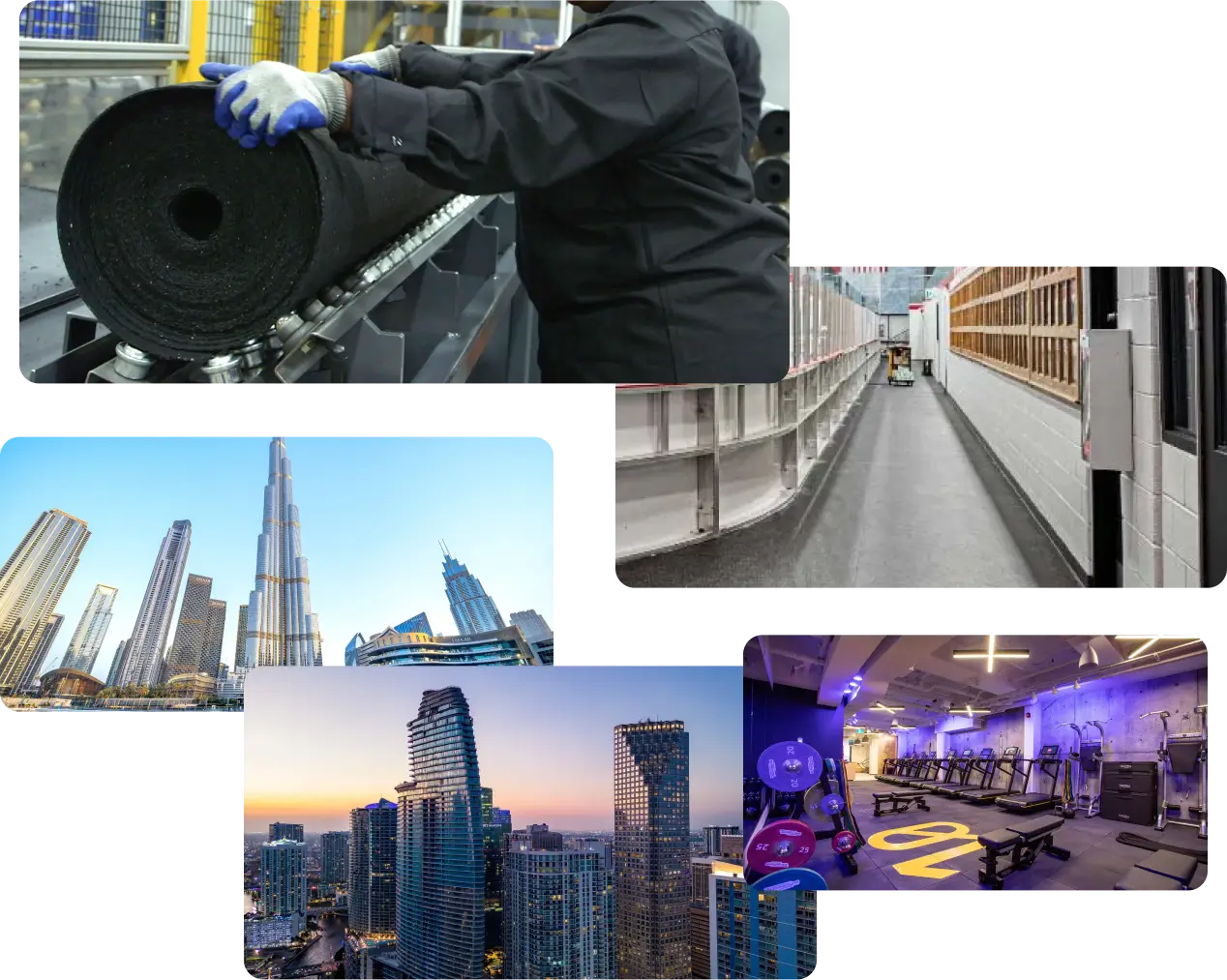Buildings and infrastructure are systems where people live, work, and move. We enhance infrastructure performance with engineering innovation and manufacturing skill — and we reduce its environmental impact through our commitment to recycled materials and low-waste manufacturing.
0
COMPLETED COMMERCIAL PROJECTS
0
RECYCLED TIRES PER YEAR
1

We process used tires into crumb rubber, reducing landfill needs and returning durable material to valuable use.
2

Our advanced North American manufacturing facilities are designed to minimize energy consumption and waste generation.
3

From sound and vibration control to specialty rubber flooring, Pliteq products combine reduced environmental impact with high performance in application.






Pliteq was founded by engineers, and engineering remains at the core of our work. When you specify and choose Pliteq, you have the confidence of knowing that our processes of continuous research, development, and testing ensure performance and durability.
In a world of finite resources, we are committed to reducing our environmental impact. Pliteq products can contribute to your project environmental performance through our use of post-consumer recycled rubber; sustainable manufacturing that reduces energy consumption and waste; and onshore manufacturing for shorter supply chains.
As needs change, markets move, and regulations evolve, the Pliteq commitment to your project performance is unwavering. Our products and solutions are engineered and tested to exceed regulatory requirements and your expectations as a customer — continuously redefining the state of the art.
Canada
United States of America
Mexico
United Kingdom
Dubai, UAE
Singapore
Australia

131 Royal Group Crescent
Vaughan, ON L4H 1X9
Canada
4211 Yonge Street
Suite 404
Toronto, ON M2P 2A9
Canada
2015 Main Street
Vancouver, BC V5T 3C2
Canada
T. +1 416 449 0049
251 Little Falls Drive
Wilmington, DE 19808
United States of America
11701 N. 132nd Ave
Surprise, AZ 85379
United States of America
T. +1 480 805 5560
Calz. Gral. Mariano Escobedo 476-piso 12
Chapultepec Morales
Anzures, Miguel Hidalgo
11590
Ciudad de México, CDMX
Mexico
T. +52 1 56 1055 4625
Office 205, Orega High Holborn
16 High Holborn
London, WC1V 6BX
United Kingdom
T. +44 203 9846444
European Business Centre
Dubai Investment Park
PO Box 473 512
United Arab Emirates
T. +971 4 567 4944
#19-13, 101 Cecil Street
Tong Eng Building, 069533
Singapore
T. +65 6813 2017
72 York Street
South Melbourne, VIC 3205
Australia
T. +61 3 9018 7696